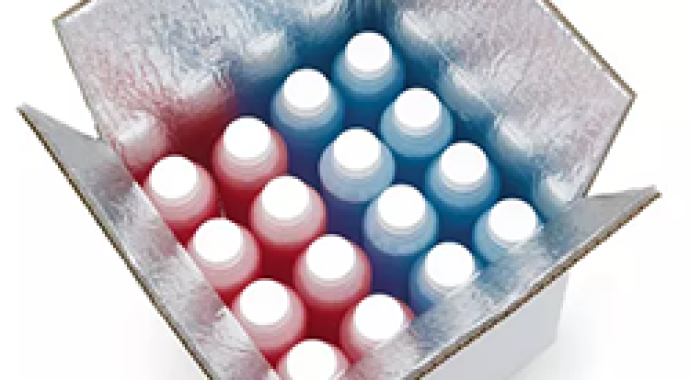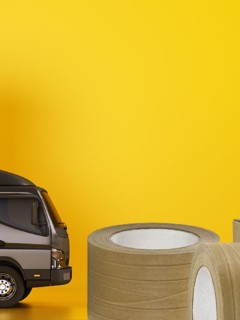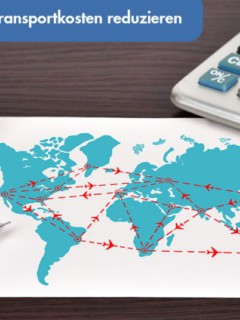There are these things that everyone has to do, but no one likes to talk about. Going to the toilet every day is definitely one of them! We really do spend a lot of time in the “quiet little toilet”! Statistically speaking, everyone goes to the toilet six times a day. In total, we spend an average of about one year of our lives on the toilet.
Crumple or fold?
And what is the most important utensil on the toilet? – Correct, the toilet paper! As long as it’s available in sufficient quantity, it’s not much noticed, but when the roll is empty and no replacement can be found…
Every German uses an average of 15 kilograms of toilet paper per year. If you add up the entire consumption, three billion rolls of toilet paper are used in Germany every year. And there are definitely differences in use! While in large parts of the world people crumple their paper, about 70% of Germans like to fold it neatly before use. Zewa Soft has defined 8 different types of toilet paper wipers in a survey: the folder, the scoop, the pieceer, the winder, the indifferent, the minimalist and the natural, who probably gets by without toilet paper, just like in the old days!
History of toilet paper
It was a long way to today’s toilet paper: the ancient Greeks, for example, scraped their bottoms clean with shards of clay and stones. The ancient Romans were more comfortable, cleaning themselves after going to the toilet with a so-called xylospongium, a sponge attached to a stick and soaked in salt or vinegar water. In the Middle Ages, straw or moss was used; only in aristocratic circles were sheep’s wool or lace cloths used, which the servants then had to wash after use.
People liked to use utensils that were available in abundance locally: In South America, the outer corn leaves were used, while North Americans preferred corn on the cob. The Hawaiians resorted to the coconut husk. In Africa, the Middle East and Asia, people used (and often still use) the left hand with lots of water to cleanse the bottom. The left hand is therefore still considered unclean in many countries.
The forerunner of the toilet paper we know was invented by the Chinese in the 14th century. Toilet paper was produced for the emperor in 1391, and it had a truly remarkable size of around half a square metre.
But it was to take a few more centuries for this progress to reach Europe. In the 19th century, people were already using book pages or newspaper to clean themselves after going to the toilet. But it was not until the end of the 19th century, in 1857 to be precise, that the American Joseph C. Gayetty made toilet paper history and brought the first industrially produced toilet paper onto the market. It consisted of individual sheets in a box and was impregnated with aloe extracts. He advertised it as “Gayetty’s Medicates Paper” because it was supposed to help against haemorrhoids.
Toilet paper on a roll
A few years later, in the 1870s, Seth Wheeler patented toilet paper in its familiar form on a handy roll. The first perforated toilet paper on rolls, as we know it today, was first produced by the Scott Paper Company in 1890. No one could stop the triumphant advance of toilet paper, which was encouraged by the increasingly widespread use of connected toilets in private households in the 20th century.
Incidentally, the German toilet paper story began with Hakle: Hans Klenk founded the first German toilet paper factory in Ludwigsburg in 1928. Hakle toilet paper (the name is made up of the first letters of the founder’s name) is still produced in Düsseldorf today. At that time, the Hakle roll consisted of 1000 sheets of rough crepe paper. It was not until 1942 that the English St. Andrew’ Paper Mill brought the first two-ply toilet paper onto the market. The white tissue paper we know today was not produced until 1958 at Hakle. Incidentally, the inhabitants of the GDR had to make do with the harder crepe paper until the fall of the Wall.
Butterfly or scoop? – The production of toilet paper
Let’s get back to folding or crumpling. As folders, we Germans can’t do anything with thin one-ply paper, while in this country the trend is from three to four plies, American toilet papers usually consist of only one very soft ply, because here the toilet paper is finally crumpled.
German toilet paper therefore consists of several firmer layers compared to American toilet paper, but despite this it must of course be soft. Therefore, different cellulose fibres are mixed together in the production process. Long fibres provide stability; they are obtained from coniferous woods. Short fibres make the paper soft and fluffy; they are obtained from Spanish eucalyptus wood, for example. For toilet paper, a mixture of about 70 % hardwoods and 30 % softwoods is used. The woods are stripped of their bark and chopped into small pieces. These are boiled in a water-chemical mixture. The water evaporates from the wood and a mixture of water and wood fibres remains: the pulp. This is bleached and the wood fibres are pressed out with the help of sieves.
Recycled paper is also used for toilet paper production. Here, a little more steps are necessary for the paper production. The waste paper is softened in warm water and cut up. Air bubbles are then introduced into the pulp to release ink and colour from the paper and bring it to the surface where it is fished off. For the white colour, the pulp is bleached, this chemical process also serves hygiene purposes. The pulp is then spun in a centrifuge to remove foreign bodies such as paper clips from the pulp. Then the pulp is passed through sieves, which brings out the wood fibres.
The further manufacturing process of recycled and non-recycled toilet paper is then the same: The pulp is diluted further and further until it is 99.5 per cent water and a small amount of paper fibres. The mixture is sprayed onto plastic sieve webs, the water is pressed out of the resulting paper web and it is dried. The resulting paper is then wound onto a roll. Two individual webs then run together to form a two-layer web: the parent roll. This is then joined with further layers, the paper is printed and embossed, which on the one hand prevents the layers from falling apart and on the other hand improves the “space effect”, i.e. the wiping performance on the bottom. The paper is given its tear-off perforation and then placed on a cardboard sleeve, the end sheet is glued. Sharp knives cut off the edge pieces and the giant roll into many small handy rolls – the toilet paper is ready!
It’s amazing what goes into everyday things we take for granted! We, for one, are thrilled by this important role in life!















